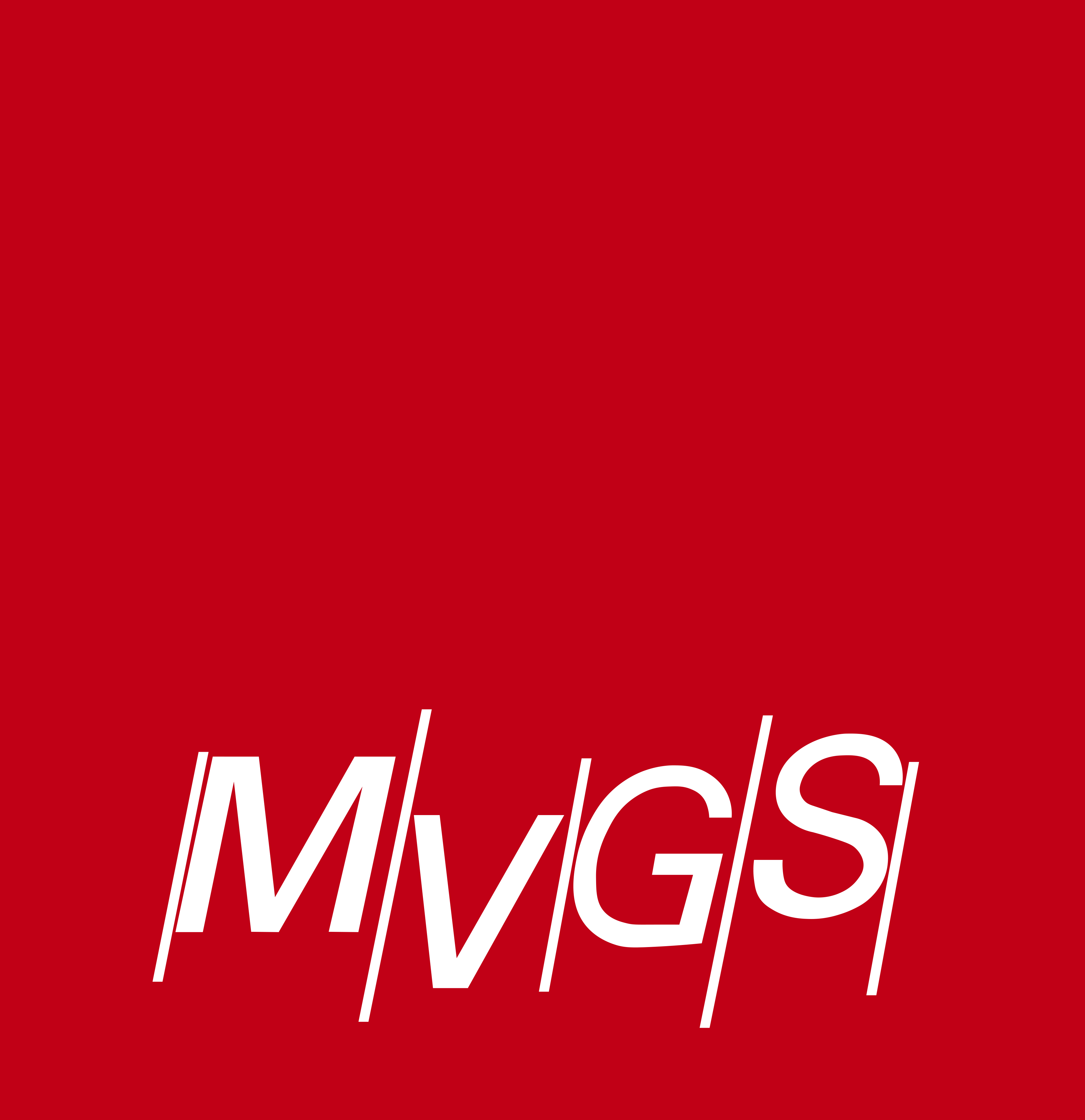FAQs on DTI and DOLE Interim Guidelines on Workplace Prevention and Control of COVID-19
Author Atty. Reynaldo T. Dizon
On 30 April 2020, the Department of Trade and Industry (DTI) and Department of Labor and Employment (DOLE) issued an Interim Guidelines on Workplace Prevention and Control of COVID-19 (“Interim Guidelines “) to provide policy directions on the operations of private institutions during the Enhanced Community Quarantine (ECQ) and General Community Quarantine (GCQ).
Below are the Frequently Asked Questions (FAQs) regarding the Interim Guidelines.
1. What kind of institutions are covered by the Interim Guidelines issued by the DTI & DOLE?
All private institutions that are allowed to operate during the ECQ and GCQ are covered by the Interim Guidelines. Thus, workplaces, employers and employees in the private sector must comply with the said guidelines.
2. What are the objectives that the Interim Guidelines aim to achieve?
To increase physical and mental resilience of the employees working for the private sector;
To reduce the transmission of COVID-19;
To minimize the contact rate between employers and employees; and
To reduce the risk of infection from COVID-19.
3. What must the employers do “to increase the physical and mental resilience of their employees?”
Employers must emphasize to its employees the need to stay healthy by eating nutritious and well-cooked food, by drinking plenty of fluids, by taking adequate rest/sleep, and by exercising regularly. Employers are also enjoined to provide free medicines and vitamins to its employees, and refer employees who have mental health concerns to doctors or professionals.
4. What must the employers and employees do “to reduce the transmission of COVID-19” in the workplace?
The duty of the employers and employees are two-fold.
First, prior to entrance in the building or workplace:
a. All employers and employees shall wear face mask at all times, and removal thereof is only allowed during drinking or eating;
b. All employers and employees shall have their temperature checked and recorded in the health symptoms questionnaire which must be submitted to the guard or the safety officer;
c. Employers or building owners must designate an isolation area to hold employees whose temperature are over 37.5 Celsius and/or whose response to the questionnaire needs further evaluation by the clinic staff;
d. Employers must also provide spray alcohol, sanitizers, disinfectant foot baths (if applicable), at the building entrance;
e. Employers must also disinfect equipment or vehicle entering the hub operational area; and
f. Employers must instill physical distancing if there is a long queue outside the building or workplace.
Second, inside the building or workplace:
a. Employers must disinfect every two hours all work areas and frequently handled objects such as door knobs and handles;
b. Employers must ensure that all washrooms and toilets have sufficient clean water and soap;
Sanitizers must be made available in areas where employees pass;
c. Employees shall always practice physical distancing at the minimum of one (1) meter radius space (side, back, and front) between employees; and
d. Eating at communal areas must be discouraged (it is best to eat in individual work area but all food waste should be disposed properly).
5. How can the employers and employees “minimize their contact rate” in the workplace?
a. Employers must implement an alternative work arrangement such as work from home (if feasible), working-hour shifts, and rotation basis;
b. Videoconferencing must be utilized, and meetings needing physical presence shall be kept to a minimum number of participants and for a short duration;
c. Use of stairs shall be encouraged to maintain physical distancing;
d. Elevator use must limit the number of persons in order to observe the 1-meter physical distancing; and
e. Online system shall be highly encouraged to be utilized by clients.
6. How can the employers and employees “reduce risk of infection from COVID-19” in the workplace?
In the event that the employee is suspected as having COVID-19:
a. He/she must immediately proceed to the designated isolation area and must never remove his/her mask;
b. The clinic personnel attending the affected employee must wear appropriate PPEs and if needed, should assist in the transport of the employee to the hospital;
c. Employers must decontaminate the work area and work can only resume after 24 hours from the time of decontamination; and
d. Employees present in the area with a positive COVID-19 employee shall go on a 14-day home quarantine with specific instructions from the clinic staff on monitoring of symptoms and possible next steps.
7. What are the additional duties of employers in addition to the above-mentioned duties and responsibilities?
Employers shall provide the necessary policies for the prevention and control of COVID-19 in consultation with employees, designate a safety officer to monitor COVID-19 prevention and control measures, enhance health insurance provision for employees, provide shuttle services and/or decent accommodation on near-site location to lessen travel and people movement (if feasible), and put-up a COVID-19 hotline for employees to report if they are symptomatic.
8. What are the additional duties of employees in addition to the above-mentioned duties and responsibilities?
Employees must comply with all the workplace measures and policies in place for the prevention and control of COVID-19, observe proper respiratory etiquette, cough or sneeze in a tissue, and disinfect hands regularly and immediately after coughing or sneezing.
9. If an employer decides to test its employees for COVID-19, who will shoulder the costs?
The costs and procurement of testing kits shall be the responsibility of the employer.
10. Is there any protocol that must be followed if the employer tests its employees for COVID-19?
Yes. The employer must follow its company policy om COVID-19 testing which shall be formulated and agreed upon by the employer and the employees in conformity with the Department of Health protocols.
11. What if the employer has “most at risk” and “vulnerable group” of employees such as those who are above 60 years old and with pre-existing illness, what should it do?
Employers are highly encouraged to allow these employees to work from home.
